Tesco lost ground in the UK over Christmas, but are mid-sized superstores well placed to help it bounce back? John Ryan reports.
If 2.3% does not sound like a lot, it is when taken in the context of the remaining 97.7%. And, if that is the amount that you are down against the previous year in the UK and your name is Tesco, it’s worrying for you and your investors.
So much so that when the grocer unveiled the figure in its Christmas trading update, it was sufficient for £5bn to be wiped off the share value in the same day.
Equally, when you think of Tesco, the image that tends to spring to mind is either very big – the Extra edge-of-town hypermarkets – or small, in the shape of the convenience stores to be found, seemingly, on local high streets everywhere. Yet at the same time as the update, group chief executive Philip Clarke more or less admitted that the Extra format may have run its course and that the future focus will veer towards convenience.
What all of this does not cover is the middle ground – the Tesco supermarkets known as superstores that serve small towns and suburbs and are frequently located in the thick of things, rather that marooned on the urban periphery. This is where much of the battle is likely to be fought in Tesco’s scramble to reassert its unquestioned dominance. And it is worth noting that last week there were 470 superstores against 212 Extra stores – this is an important element in the retailer’s store armoury.
And given the number of superstores in the UK portfolio, it is also a good place to get a feel for the current image that Tesco projects to the wider world, in this country at least. It made sense therefore to take a trip to Leytonstone in the company of Jim Thompson, managing director of design company 20/20, to look at a local Tesco superstore, although it is fair to relate that this may not be entirely representative of the whole estate.
Part of the landscape
Leytonstone is a part of east London where most classes are represented, with the usual diverse mix that seems to characterise so much of the capital’s hinterland. As such it is perfect Tesco territory and the grocer has had a store just next to the roundabout that leads to the A12 for years.
Arriving in the car park, Tesco Leytonstone is a store that deploys what is sometimes known as ‘vernacular’ supermarket architecture – for which read a store that looks like a pastiche of a gabled warehouse from the 19th century. In this instance, it has been constructed from London brick, helping it to meld with the building to which it is attached, which was originally erected in the 1880s.
All of this would be quite easy to overlook, however, because the eye is almost immediately grabbed by the plethora of messages that adorn the store’s exterior and car park.
A quick count reveals more than 10 of these, ranging from an A-stand advertising £5 off your shopping when you spend £40, to a Costa coffee logo. “How many signs do you actually need?” asks Thompson.
The old and the new
Inside the store has a substantial non-food offer, housed, for the most part, in the oldest part of the store.
This means it sits within a grand 19th-century structure with a vaulted ceiling and with the pharmacy at its far end. Which is enough to lift the spirits after the mild sensation of dullness on entering through the main doors. “This area benefits from the space,” says Thompson. He continues: “But in spite of this, if you stop looking up, it’s standard stuff. There are no highs or lows, in terms of equipment variation. There’s no sense of interest or invitation.
Pass through an arch and you enter the clothing area. This is merchandised at double-height on all three of the walls that contain it, with a freestanding wall running down the middle of the long narrow department. As an exercise in volume selling, it is efficient, insofar as there is a lot of stock on the floor. Thompson is critical, however: “It’s poor. You look at the ad campaigns for Tesco’s clothing and then you see this. It fails to deliver.”
Certainly, when set against what Sainsbury’s does in much of its portfolio, this particular store is a mite lacklustre and looks to be more about top-up clothing shopping than any kind of concerted effort to persuade shoppers to buy complete ensembles.
However, it should be noted that Tesco is well advanced on a journey towards improving the interior landscape of its stores and the hiring of Simon Threadkell – a long-time store design consultant – as design supremo is indicative of the way things are going.
Taking directions
When it comes to navigating the space, Thompson notes that there is a large measure of confusion. There are many promotional signs, but few signs that prove effective in telling you where specific merchandise areas are.
The main, food, part of the store is in the newer part of the building and notwithstanding the inevitable promotional alley that runs along the middle of the store cutting across every aisle with very big £s signs, there is little to set the pulse racing. And much of the signage seems to be at odds with the products that are demarcated.
The most obvious shortcoming in this respect has to be the outsize overhead beacon that states ‘World Foods’. “This would probably have been quite good in the pilot store for which it was created, but it doesn’t work here,” says Thompson. He has a point. The beacon extends across more than two aisles and while there is certainly a ‘World Food’ offer, the beacon merely indicates the general area where this merchandise is located. It is also wildly at odds with the loud yellow, blue and red signage that is used to indicate the ‘deals’ that are everywhere – it could almost have come from a different retailer.
The rear wall of the food hall is something of a saving grace with the row of shop-in-shops – a bakery, a Halal butcher, a fishmonger, and so on, but it needs to go some distance to look more appealing than the equivalent areas in Morrisons or Sainsbury’s.
Finally, there is the wine department – which is good. The signage is clear, the stock is sensibly organised and the general ambience is less hurried and much less about saving money. If the rest of the food offer were as calming as these final two aisles, then this would be a very good store. The problem is, it is not and the Leytonstone branch of Tesco does much to define the term a ‘distress purchase’ – something to be endured rather than enjoyed. Comparisons may be odious, but all retailers make them, and if set against its rivals, this store would be found wanting in several respects.
A final note, however. In spite of an almost total absence of a retail experience, both Thompson and your correspondent did a little shopping in the Leytonstone shop.
Retail Week will be returning to the Tesco charge in the company of Threadkell later this year.
Tesco, Leytonstone
Location Gainsborough Road, E11 1HT
Format Superstore
Ambience Nondescript
Highlight The non-food area in the old part of the store
Tesco Metro - The Tooley Street trial

There aren’t many Tesco Metros and the one on Tooley Street, just along from London Bridge station, is in the vanguard of the retailer’s store development. Walk down into this shop (it is in a basement) and the experience is almost totally unTesco-like. The predominant colour is light green, connoting freshness, and many of the departments are given plain wood trims to increase their appeal and the natural feel.
This offer may be aimed at the relatively wealthy – there are numerous bottles of champagne at over £100 – but there is much that could be taken and writ large in a superstore. It will be interesting to see what Tesco does with it.




















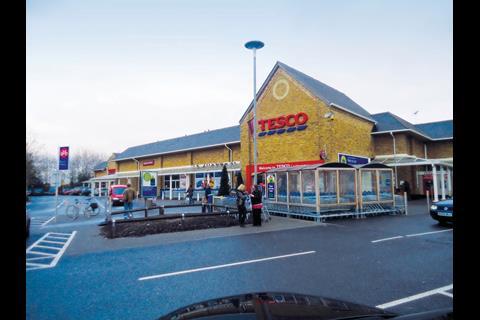
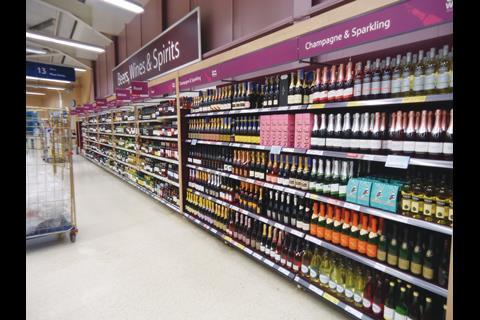
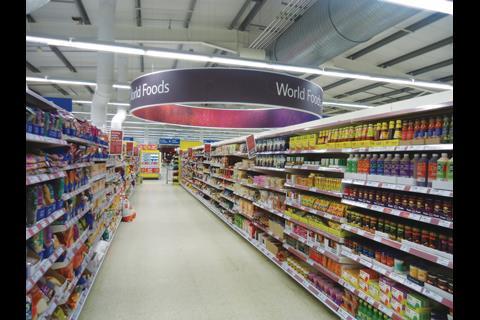
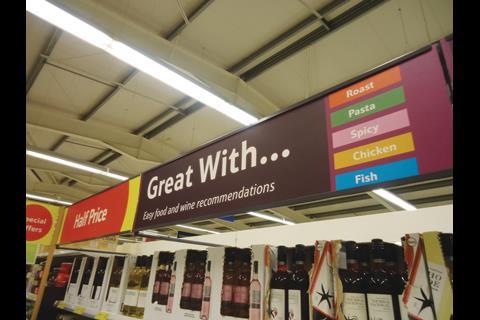
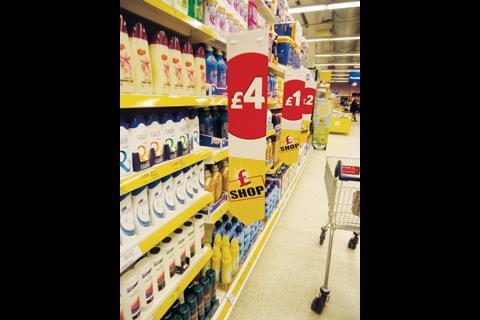
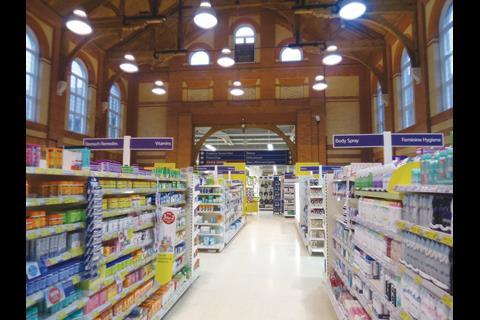
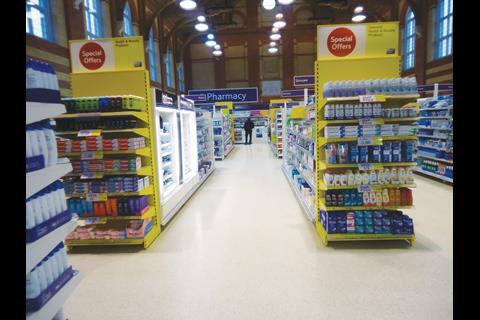


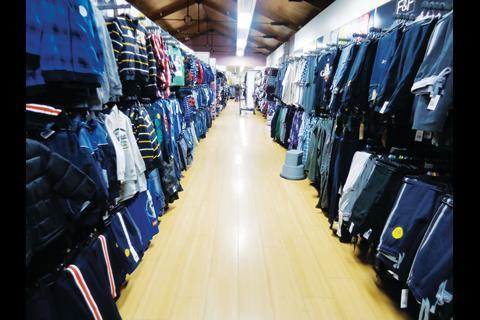

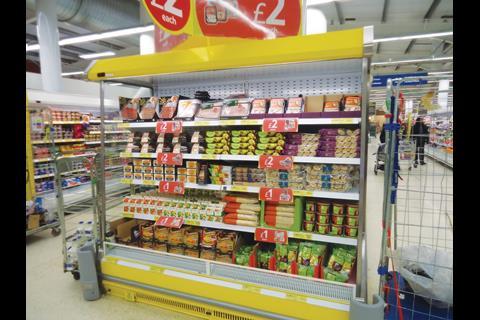


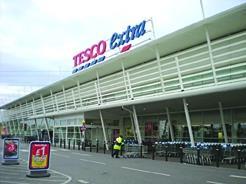

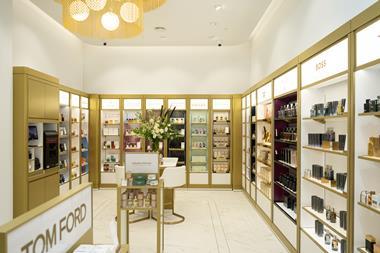


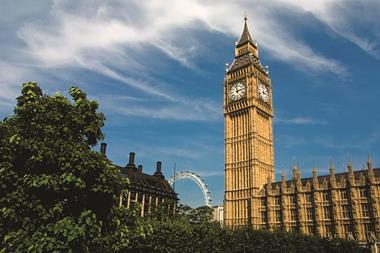
2 Readers' comments